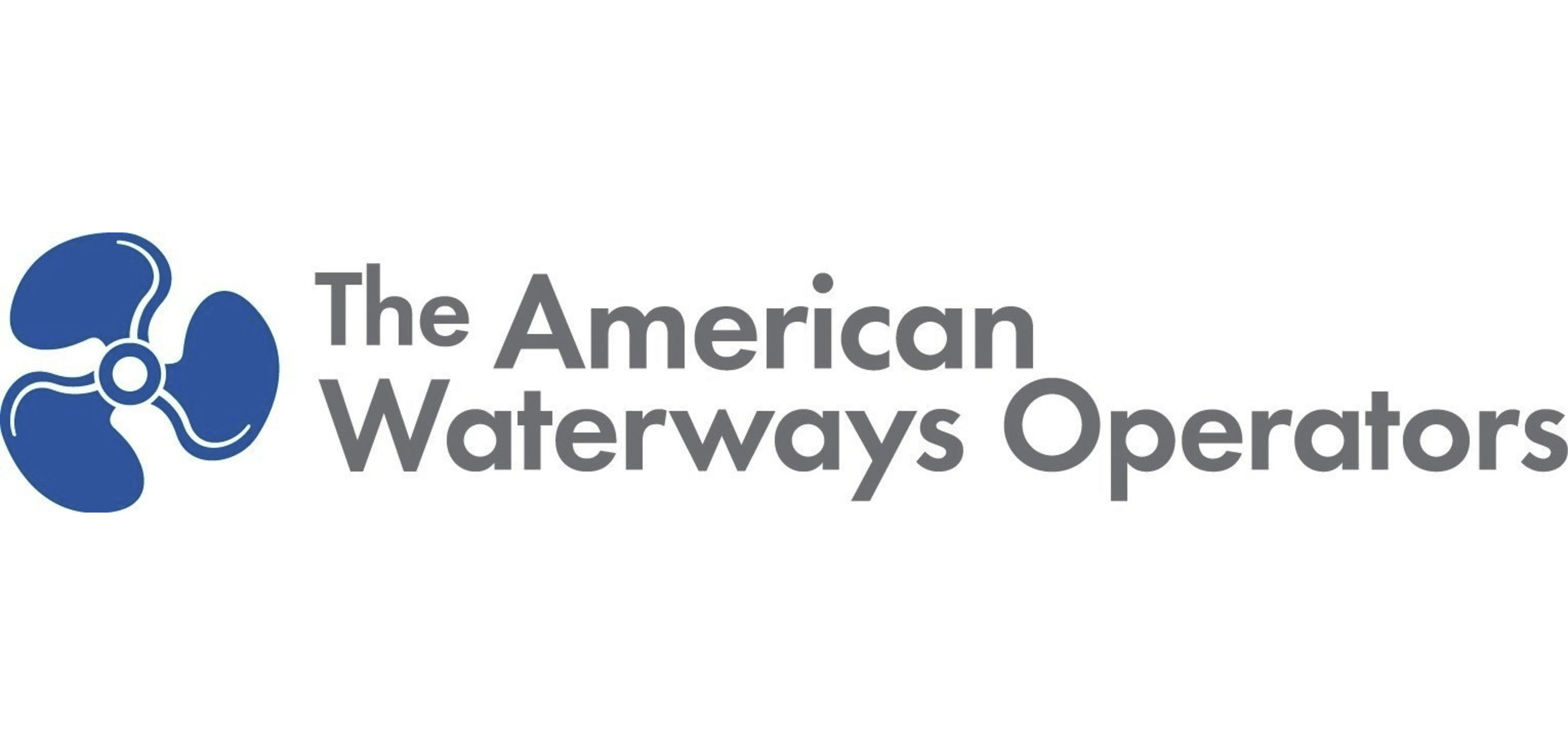The American Waterways Operators (AWO) released a new safety tool for mariners on October 22. The resource, called the “Developing a Fatigue Risk Management Plan: A Guide for Towing Vessel Operators,” was designed to help a towing company put together a comprehensive fatigue risk management plan and incorporate it into its safety management system.
The safety guide is the latest milestone in AWO’s 20-year effort to mitigate the risk of fatigue-related accidents in the industry. It was recently endorsed by the Coast Guard-AWO Safety Partnership’s National Quality Steering Committee.
Caitlyn Stewart, AWO’s director of regulatory affairs, said the guide is based on research sponsored by the National Academy of Sciences’ Transportation Research Board and other information from sleep experts and AWO government partners.
Stewart said that there is no one-size-fits-all solution to the fatigue challenge faced by the industry. “Any effort to enhance fatigue risk management efforts within a company should start with an evaluation of the company’s fatigue risks, which will be unique to its operations and operating environment,” she said. “Once its specific risks have been identified, the company can assess its existing fatigue mitigation measures and consider whether additional policies, procedures or practices are needed.”
A key point outlined in the guide, said Stewart, is that a company with an existing safety management system (SMS) should attempt to integrate its fatigue reduction measures into a comprehensive plan within the SMS. “This is because the SMS provides a ready-made and proven framework within which to continuously identify and mitigate risks at the root of accidents,” she said.
The implementation of fatigue risk management plans was a key recommendation of a 2015 Transportation Research Board report, “Enhancing Sleep Efficiency on Vessels in the Tug/Towboat/Barge Industry,” authored by sleep experts from Northwestern University’s Center for Sleep and Circadian Biology. The National Transportation Safety Board called for increased use of such plans throughout the transportation industry as one of its “most wanted safety improvements” for 2017-2018.
Practices and tools outlined in the include educating crewmembers about the effects of fatigue, improving the sleep environment on board vessels, establishing fatigue reporting protocols, and measuring the effectiveness of fatigue prevention efforts, among other elements.
Stewart said that the guide builds on a growing body of scientific evidence that maximizing existing industry work and rest schedules—in which sleep may be split into more than one episode—can result in performance comparable or better than obtaining the same amount of sleep in a single period.
“AWO continues to strive to make our safe industry even safer, and this guide is another step toward our goal of zero harm to human life,” said Tom Allegretti, AWO president and CEO. “We are grateful to all the members of the Fatigue Risk Management Working Group who lent their time and expertise to make the creation of this new safety resource possible. We hope that this guide will serve as a useful tool for the tugboat, towboat and barge industry—an industry committed to a culture of safety and continuous improvement.”



